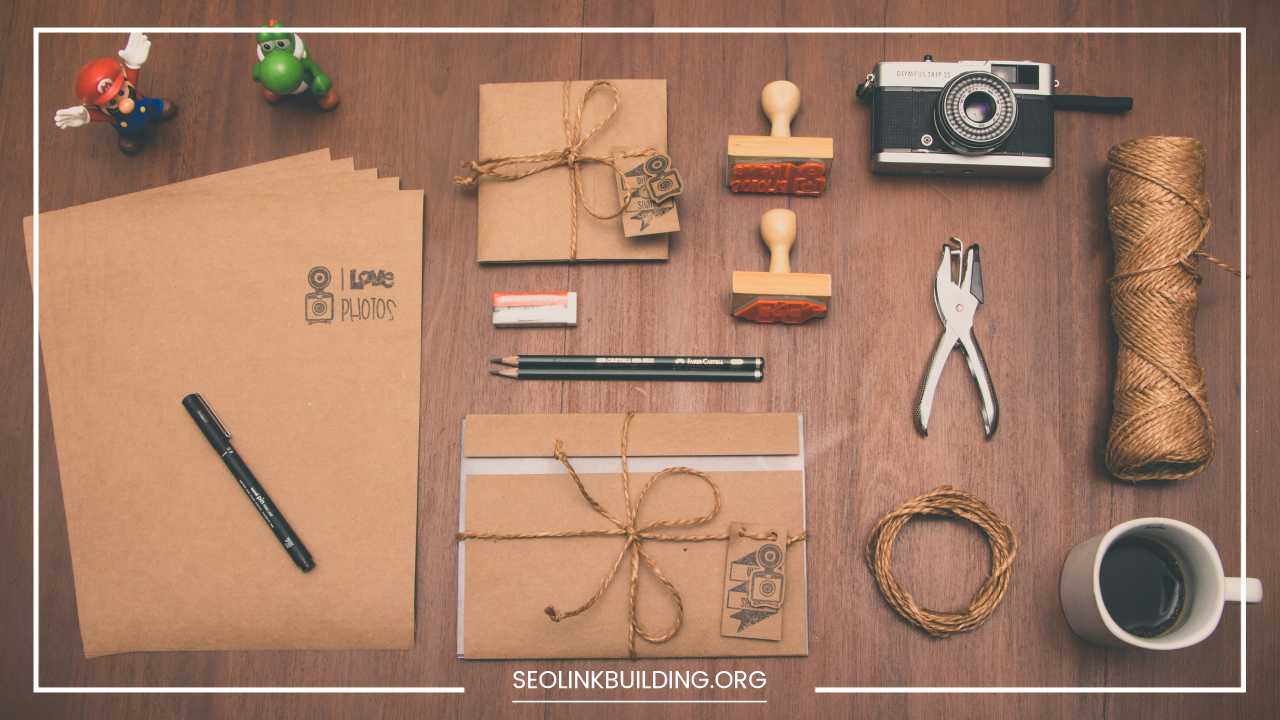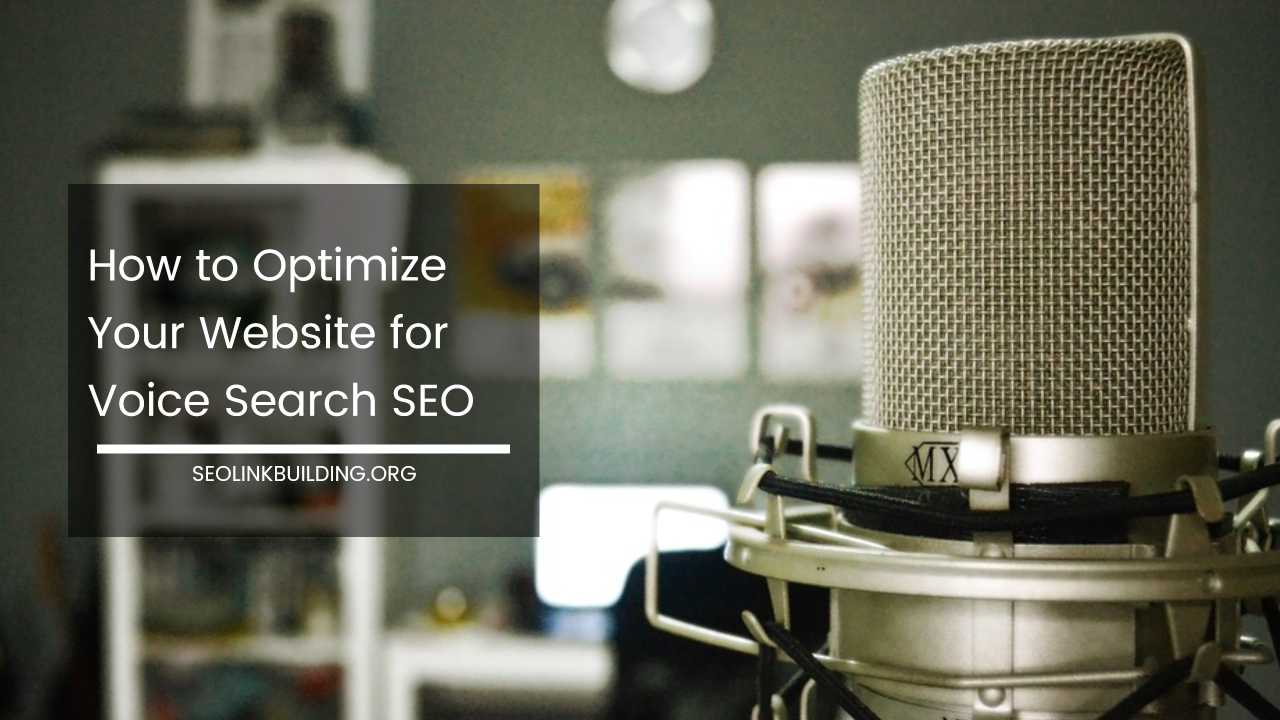Packaging Design 101: How Your Product Speaks Volumes Without Saying a Word

Packaging Design
Packaging Design: The Silent Seller on the Shelf – A Deep Dive
Imagine this: you’re on a grocery shopping mission, determined to stick to your list. Yet, amidst the fluorescent lights and endless rows of products, a vibrant box catches your eye.
It’s unlike anything else on the shelf, boasting a playful design and intriguing typography. Curiosity piqued, you pick it up, drawn in by the promise it whispers. This, my friends, is the magic of packaging design.
Packaging design transcends the realm of mere aesthetics. It’s a strategic symphony of art, science, and marketing, meticulously crafted to silently seduce you, the discerning shopper. It’s the first impression your brand makes, a tireless salesperson working 24/7 on the crowded retail battlefield.
The Symphony of Influence: How Packaging Woos You
Effective packaging design plays a multitude of roles, each note contributing to the harmonious symphony that influences your purchase decision:
- The Attention Grabber: In a visual cacophony of logos and colors, good packaging design cuts through the noise. It utilizes bold color palettes, unique shapes, or innovative textures to grab your attention and make your hand reach out. Think of the sleek minimalism of Apple products that screams sophistication, or the playful characters adorning a children’s cereal box, instantly sparking their interest.
- The Brand Storyteller: Packaging is an extension of your brand’s narrative. The color palette, fonts, and imagery all work together to paint a picture of your brand’s personality and values. Think of the earthy tones and natural textures used on organic food packaging, conveying a sense of sustainability, or the luxurious black and gold accents of a high-end perfume bottle, oozing elegance.
- The Product Whisperer: Packaging should act as a clear and concise product evangelist. It needs to effectively communicate what the product is and its key benefits. This includes the product name, a brief yet compelling description of its functionalities, and any crucial details like ingredients or usage instructions. Imagine a box of chocolates adorned with a picture of blissful indulgence, instantly conveying the emotional experience of the product.
- The Emotional Conductor: Great packaging design can evoke powerful emotions, subtly pushing your purchase decision in a specific direction. It can make you feel happy, nostalgic, or luxurious, depending on the desired effect. A box of chocolates featuring a heartwarming family scene might trigger fond childhood memories, while the sleek sophistication of a perfume bottle might whisper promises of an alluring night out.
- The Eco-Conscious Maestro: Consumers are increasingly environmentally conscious. Packaging that prioritizes sustainability through recycled materials or easy biodegradability can be a major differentiator and a selling point. Imagine a cleaning product bottle made from recycled plastic, instantly appealing to the eco-warrior in you.
Crafting the Perfect Score: Key Elements of Effective Packaging Design
So, what are the essential notes that make up a winning packaging design composition? Let’s delve deeper:
- Know Your Audience: It all starts with understanding who you’re trying to reach. Demography, preferences, and shopping habits play a crucial role. A design targeting young professionals will obviously differ from one geared towards families with young children. Consider the lifestyle and values of your target audience and tailor the design accordingly.
- Functionality is Key: Packaging needs to be more than just a pretty face. It should prioritize the product’s well-being, protecting it during transportation and storage. Easy opening and closing mechanisms, stackability, and convenient storage considerations for the consumer are all crucial aspects. Imagine a juice box with a poorly designed straw access point, leading to frustration and potentially spilled drinks. Functionality is key to a positive user experience.
- Material Matters: The material used should be a harmonious blend of practicality and brand image. Sustainable materials like cardboard, bamboo, or even ocean waste-derived plastics are making waves in the industry. Recycled materials not only benefit the environment but can also resonate with eco-conscious consumers.
- The Power of Color: Colors have a profound psychological impact. Choosing the right palette can influence emotions and buying decisions. Warm colors like red and orange can evoke a sense of excitement, while cool tones like blue and green can promote feelings of calmness and trust. Understanding color psychology and applying it effectively is crucial.
- Font Fundamentals: The font used should be clear, easy to read, and consistent with the brand identity. Imagine a luxury perfume bottle adorned with a playful, cartoonish font – a jarring mismatch, wouldn’t you agree? Choosing the right font ensures clear communication and brand alignment.
- The Art of Imagery: Images have the power to showcase the product, highlight its benefits, and create a specific mood. High-quality product photography is a must, but consider incorporating lifestyle images or illustrations to further enhance the story. Imagine a protein bar adorned with a picture of a person crushing a workout, instantly appealing to the health-conscious consumer.
- Information Architecture: A Clear Score: The layout of information on the packaging should be a well-organized symphony. Essential details like the product name, ingredients, and instructions need to be easy to find and understand. Imagine a cluttered packaging design where crucial information gets lost in a sea of graphics – a recipe for consumer confusion. Prioritize clarity and user-friendliness when laying out the information architecture.
Beyond the Box: Innovation Takes the Stage
The world of packaging design is dynamic, constantly evolving with new materials and technologies emerging. Here are some innovative concepts to inspire you:
- Interactive Packaging: Imagine packaging that comes alive in your hands! Augmented reality experiences or QR codes that unlock recipes, product information, or even interactive games can create a more engaging and memorable experience for the consumer. Think of a cereal box that comes to life with augmented reality characters, sparking a child’s imagination.
- Resealable Symphony: Convenience is king, and resealable packaging caters to this need perfectly. Pouches with resealable closures or containers with secure lids not only enhance user experience but also help to preserve product freshness. Imagine a bag of snacks with a poorly designed closure, leading to stale contents and a disappointed consumer. Resealability is a win-win for both convenience and product quality.
- Multi-Functional Maestro: Packaging that transcends its initial purpose by transforming into something usable adds value for the consumer. Imagine a yogurt container that transforms into a reusable storage container, reducing waste and promoting sustainable practices. Multi-functional packaging not only enhances user experience but also resonates with environmentally conscious consumers.
The Encore: The Legal Considerations
While the creative melody of packaging design takes center stage, there are some legal considerations that need to be played in the background to ensure a harmonious performance.
Regulations regarding labeling and safety information vary depending on the product and region. Ensuring compliance with these regulations is crucial to avoid legal repercussions and product recalls.
The Final Standing Ovation: The Power of Packaging
Packaging design is a powerful marketing tool that silently sells your product on the shelf, influencing purchase decisions in a crowded marketplace.
By understanding the various elements that contribute to effective packaging design, you can create packaging that not only grabs attention but also tells your brand story, communicates product benefits, and resonates with your target audience.
The Call to Action: Be an Informed Consumer
The next time you find yourself standing in that crowded aisle, bombarded by a cacophony of packaging designs, take a moment to appreciate the silent symphony at play. Consider the elements discussed here – the target audience, functionality, materials, color psychology, and information architecture.
By becoming a more informed consumer, you can not only make conscious purchasing decisions but also appreciate the creativity and strategic thinking that goes into crafting the perfect silent seller on the shelf.
Additionally, consider including these elements to further enhance your blog post:
- Case Studies: Showcase real-world examples of successful packaging design campaigns. Discuss brands that have leveraged packaging to achieve remarkable results.
- Industry Trends: Briefly explore current trends in packaging design. Is there a growing emphasis on sustainability? Are there technological advancements impacting the industry?
- The Future of Packaging: Conclude with a glimpse into the future of packaging design. What innovative materials and technologies are on the horizon?
By incorporating these elements, you can create a comprehensive and engaging blog post that delves deep into the fascinating world of packaging design, leaving your readers informed, inspired, and perhaps a little more appreciative of the silent seller on the shelf.













